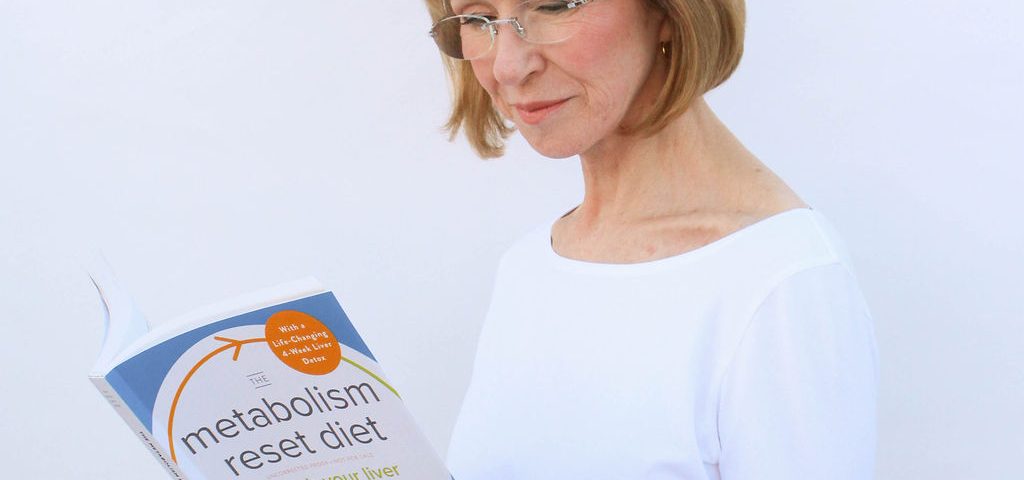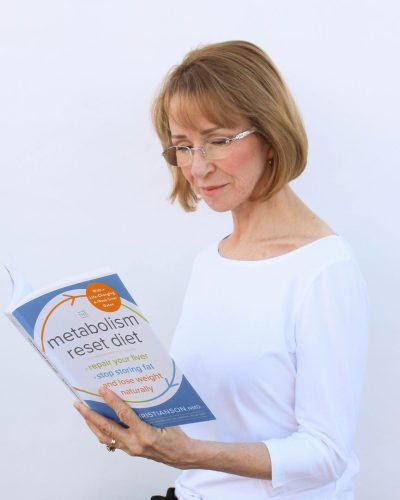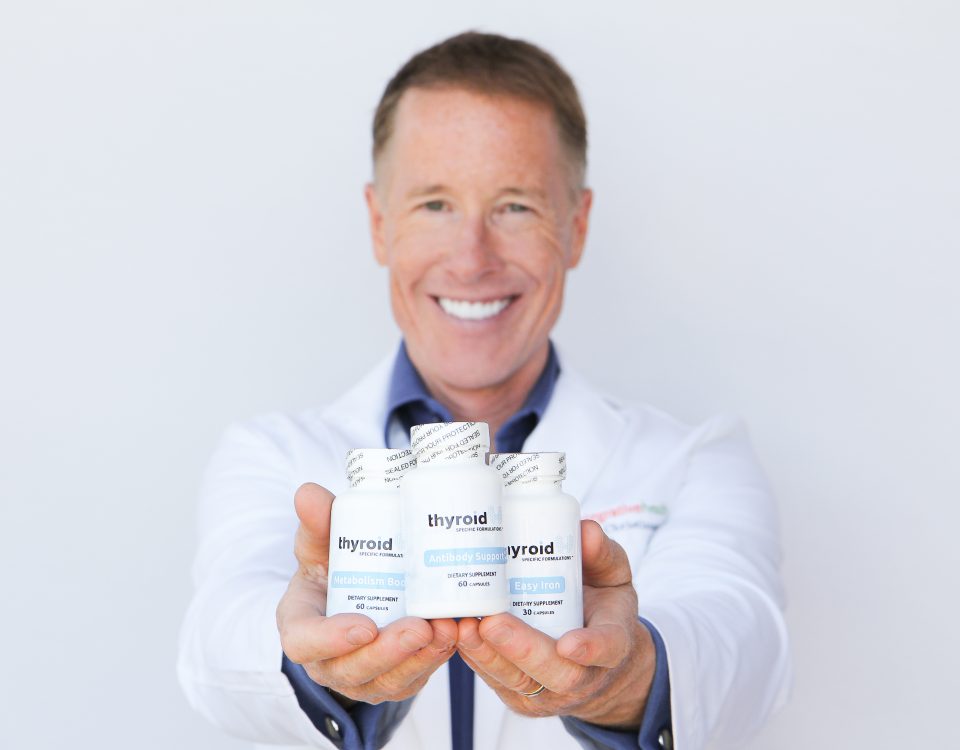Who Might Be Getting Too Little Iodine?
If you are dealing with iodine deficiency symptoms, and are looking to find out if you are dealing with an iodine deficiency, you need to hit all of these qualifying factors:
- You need to be vegan
- You need to not be on thyroid medication
- You need to have no iodine in your supplements
- You need to not be using iodized salt
- You need to not be consuming sea vegetables
If each of these apply to you, then there is a chance that you may be struggling with an iodine deficiency. But, I do want to note that this is quite rare.
If you were struggling with iodine deficiency, you would want to keep an eye out for the following low iodine symptoms…
Symptom #1 – Goiter
A goiter is a diffuse even enlargement of the thyroid gland. You normally cannot see someone’s thyroid, but with a goiter you can see it.
Symptom #2 – Strained Speech
Someone with low iodine may have strained speech. They may mention that it’s difficult for them to speak, that they have to work hard to speak, and that it is hard to maintain volume.
Symptom #3 – Difficulties Swallowing
Drinking water, and swallowing food – someone may notice that they need to chew things down to nothing to simply swallow them.
Symptom #4 – Globus Hystericus
This is a fancy Latin term for feeling a lump in your throat. Even when there is nothing there, something feels like it is stuck.
Symptom #5 – Wheezing
Another one is wheezing. Someone may find it difficult to breathe, specifically in the area of the throat.
Symptom #6 – False Sensation of Heartburn
Heartburn is a possible symptom, but it is a false sensation.
Symptom #7- Tight-Fitting Clothes
It may feel like your clothes are simply too tight around your neck.
Symptom #8 – Food Trapped in Throat
In the same way that it can be difficult to swallow, you may also find that food is more often getting physically stuck in your throat.
Symptom #9 – Voice Change
Has your voice changed? You may notice your voice becoming more hoarse or deeper, and harder to maintain the usual tone and timber.











